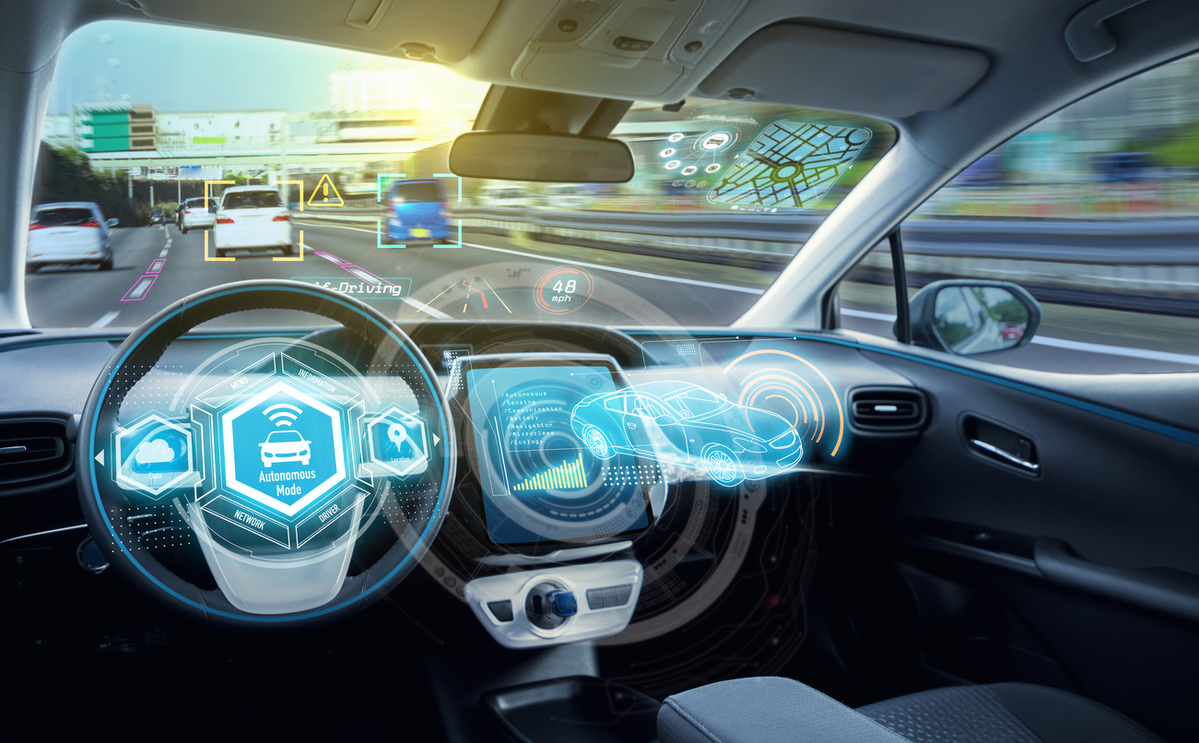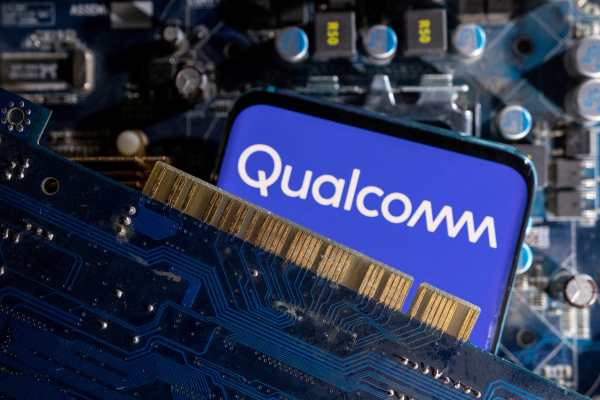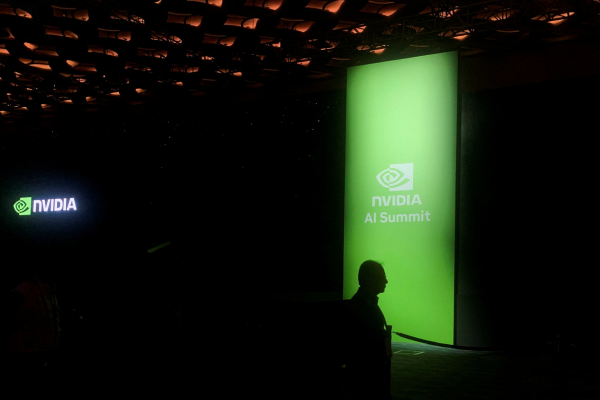How AI is transforming transportation

Almost every day, we hear news about a new application or implementation of AI – to the extent that the term itself was named the most notable word of 2023 by the dictionary publisher Collins. AI applications are transforming almost all areas of life and industrial sectors, from education, transport, travel and healthcare to autonomous vehicles, robotics, marketing, finance and e-commerce.
2023 saw some amazing examples of AI implementation, the most popular being ChatGPT. Indeed, consumers are already using AI-powered devices and systems, such as smart voice assistants, automatic grocery checkouts, online recommendation tools in search engines and chatbots. In an interesting development, a boarding school in West Sussex made history by appointing an AI chatbot named Abigail Bailey as its principal headteacher.
We also witnessed the continuing development of autonomous vehicles (AVs), taxis and buses in many parts of the world. Bill Gates took a ride in an AV along central London’s busy streets, while the UK’s first driverless bus started passenger services in Edinburgh (albeit with a human driver keeping an eye on things). And Dubai began trials of self-driving taxis with an aim to deploy 4,000 by 2030.
AVs are making the transition from futuristic dream to modern-day reality, fundamentally transforming travel and transportation as technology progresses. According to Statista, the global automotive intelligence market is expected to grow from $26.49 billion in 2022 to $74.5 billion by 2030.
AVs need to be continuously aware, perceiving their surroundings and acting according to that information through autonomous or computer control of the vehicle. Understanding and perceiving the environment involves processing vast amounts of data from sensors and cameras to make split-second decisions.
For a car to be truly driving by itself without any human control, an extensive amount of training is required for AI algorithms. As such these AI systems require a continuous, uninterrupted stream of data and instructions to make real-time decisions based on complex data sets that include pedestrian detection, traffic light management, travel time predictions, road condition monitoring, traffic incident detection and parking management, to name just a few.
In addition to autonomous driving, AI offers numerous other benefits, including enhanced safety features such as lane departure warning (LDW), autonomous emergency braking (AEB) and adaptive cruise control (ACC). These systems not only proactively intervene to prevent accidents but also alert drivers to potential hazards, significantly improving overall safety on the roads.
AI-powered infotainment further enhances the driving experience, making journeys safer, smarter and more enjoyable for both drivers and passengers. Moreover, AI also helps reduce emissions, optimise fuel efficiency and improve the overall performance of vehicles.
As AI technology continues its evolution, it is poised to transform the automotive industry, reshaping traditional transportation methods into safer, smarter, more sustainable and more efficient systems.
The opportunities are vast, yet so too are the challenges. For instance, while AI and AVs offer promising advancements, their deployment hinges on regulatory frameworks. Additionally, public perception and trust in AVs present significant hurdles to widespread adoption. Further challenges include cyber-security vulnerabilities and technological limitations, particularly in navigating adverse weather conditions, construction zones and detours.
To overcome these obstacles and make way for large-scale adoption, it is crucial to establish robust standards and conduct in automotive AI thorough trials. In doing so, we can ensure the reliability of AVs and enable their widespread deployment in the coming years.
by Ayesha Iqbal, IEEE Senior Member and Engineering Trainer at the Manufacturing Technology Centre, UK

Business Reporter Team
Most Viewed
Winston House, 3rd Floor, Units 306-309, 2-4 Dollis Park, London, N3 1HF
23-29 Hendon Lane, London, N3 1RT
020 8349 4363
© 2024, Lyonsdown Limited. Business Reporter® is a registered trademark of Lyonsdown Ltd. VAT registration number: 830519543





